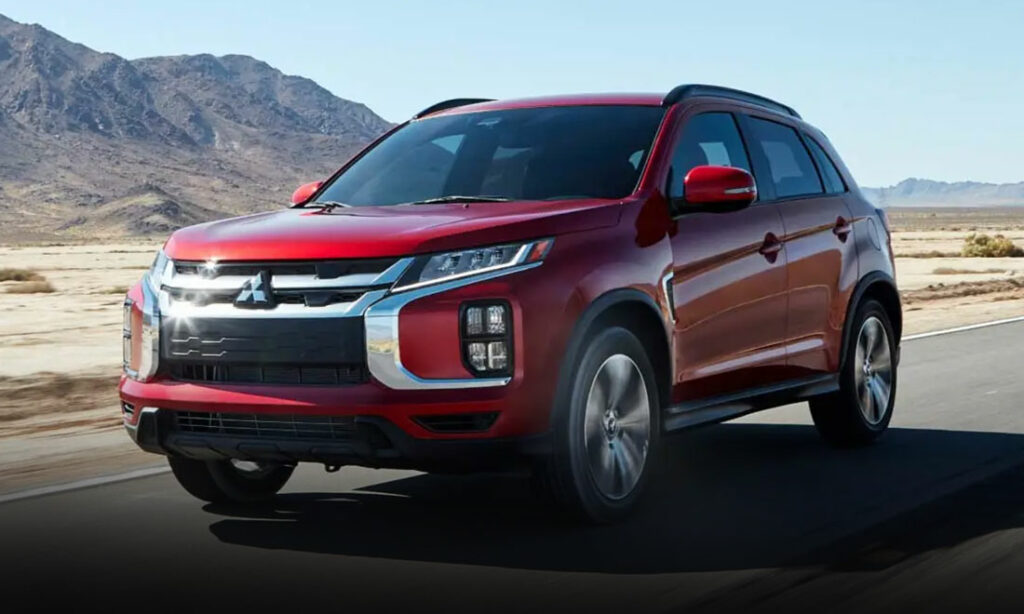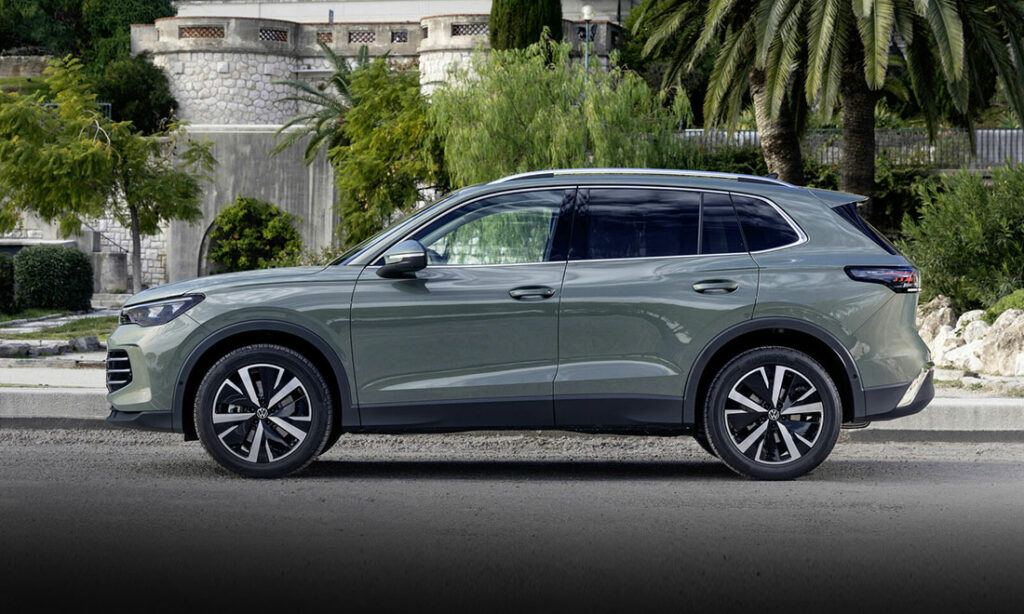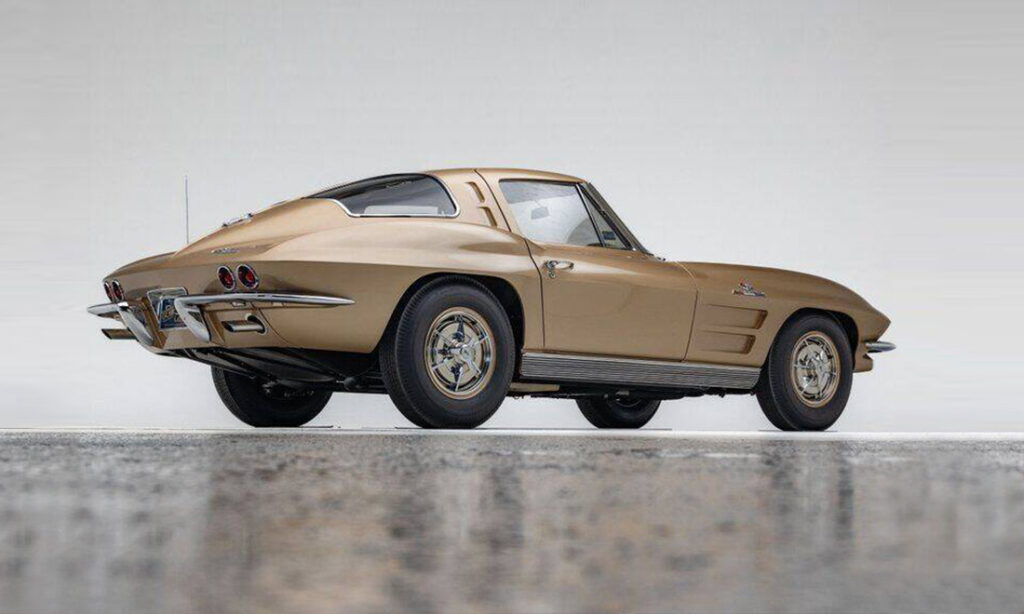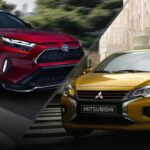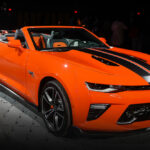Nissan Sentra Generations: Through the Years
Since 1981 the Nissan Sentra has proven that a small car with lots of personality can grow in size and popularity without losing what’s made it special
More than 30 years strong
Over nearly 3 decades and numerous iterations, the Nissan Sentra has grown in size and popularity over and over again. Despite some bemoaning the lack of athleticism from the car these days, it’s proven to be more flexible and desirable for the average buyer thanks to advanced electronics, lighter-weight materials, and ultra-modern styling. Today we look back at the start of the little Nissan people carried and how it’s slowly but surely matured into the sales force that it is today.
First Generation Nissan Sentra (1982-1985)
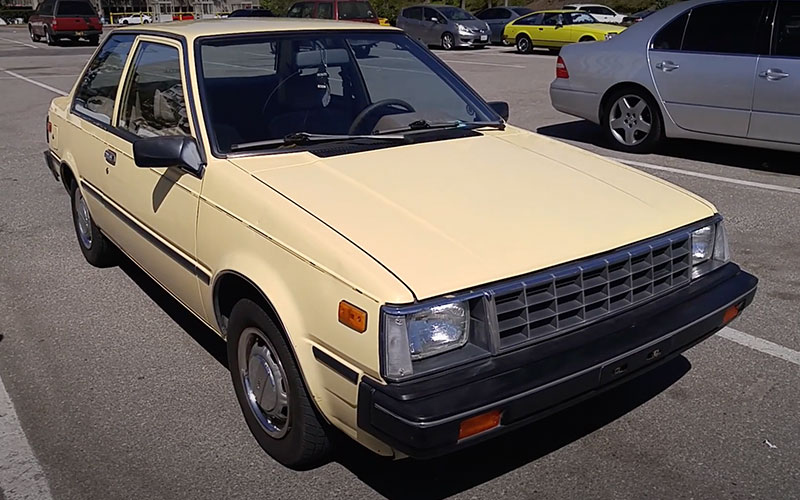
1983 Nissan Sentra – Charrua NYC on YouTube.com | Shop Nissan Sentra on Carsforsale.com
- The original Nissan Sentra came to America in 1982 on what Nissan called the B11 platform.
- It was a direct replacement for the Nissan 210 and served as just the second Nissan to use a specific name as opposed to a number.
- The Sentra offered incredible versatility with numerous body styles available including a two-door sedan, four-door sedan, five-door hatchback, and a 3-door hatchback coupe.
- The base price for the small sedan was just $4,949.
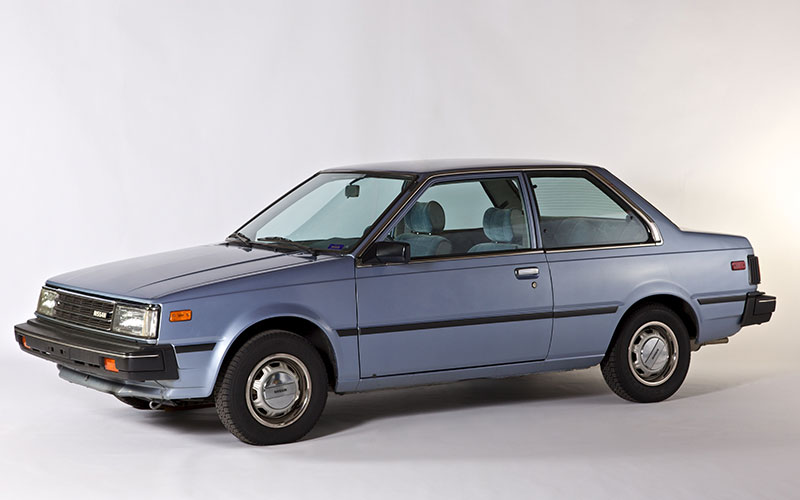
- Considering the low price, the Sentra offered incredible value regardless of the trim level buyers selected.
- The car proved to be exceptional at sipping fuel scoring 43mpg in the city and 58 mpg on the highway.
- A major part of that success was the incredibly low curb weight of the car tipping the scales at just 1875 lbs.
- Those who opted for the Deluxe or XE models received tinted windows, dual remote mirrors, a Clarion audio system, and power steering.
Second Generation Nissan Sentra (1986-1989)
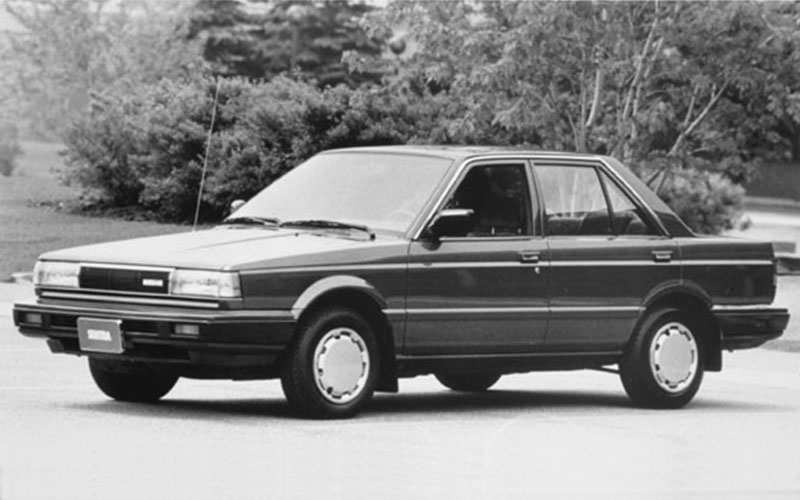
- While most countries around the world got the version in 1985, the United States wouldn’t receive it until a year later in 1986.
- Base models used a 4-cylinder engine deemed the E16 which made a paltry 69 horsepower.
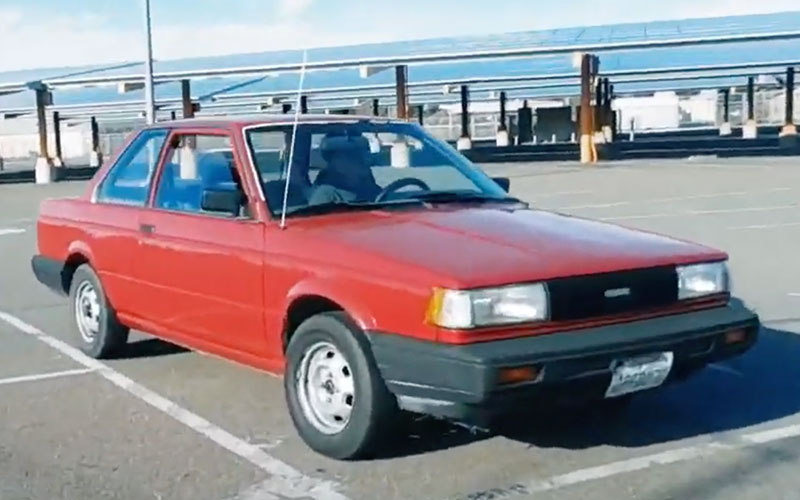
- Some exceptionally rare 1987 models were sold with a diesel engine in America.
- This would be the final Sentra to be offered as a wagon and could even be had in a four-wheel-drive variant of the wagon from 87-89.
- For the first time, four-wheel disc brakes were available in some markets.
Third Generation Nissan Sentra (1990-1994)
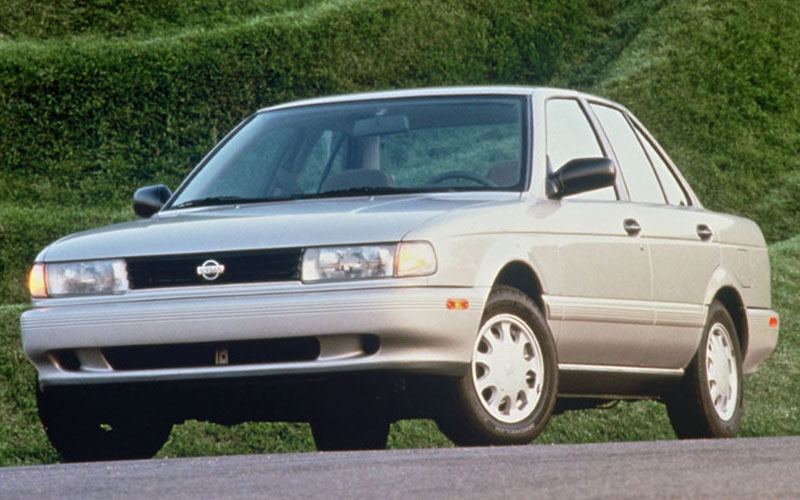
- Introduced in 1990, the 3rd generation Sentra, now called the B13 internally featured a 110-124 horsepower engine as standard.
- At the time of release, Toyota was busy at work creating the first front-wheel-drive Corolla so to combat its performance Nissan created the Sentra SE-R for the 1992 model year.
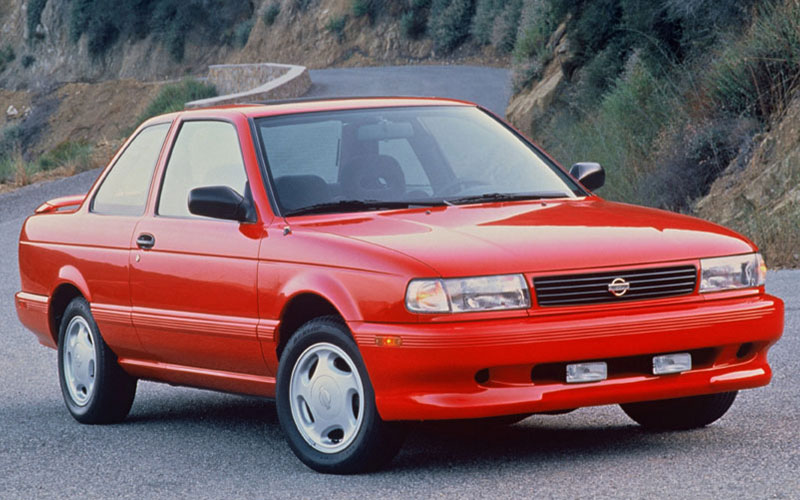
- This sporty package was an instant hit among budget-minded enthusiasts thanks to its drivetrain.
- That drivetrain featured the now-famous SR20DE 4-cylinder engine that made 140 horsepower and rocketed the subcompact car to 60mph in just 7.6 seconds.
- Putting power down was made much easier with the use of a limited-slip differential which was standard on the SE-R
Fourth Generation Nissan Sentra (1995-1998)
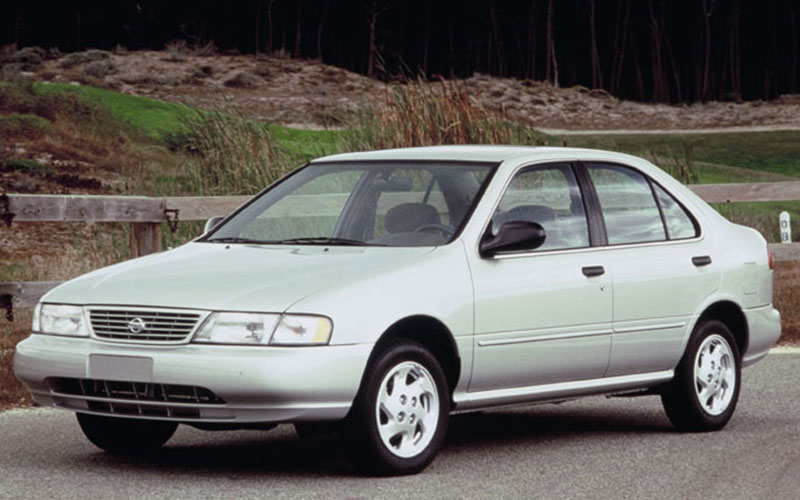
- When the first fourth-generation Sentras rolled off the line in 1994 they featured a torsion style suspension as opposed to the independent version used previously.
- This was a huge backstepping from the performance of the previous car.
- The fourth-generation Sentra was the first to be sold entirely as a sedan without a two-door variant.
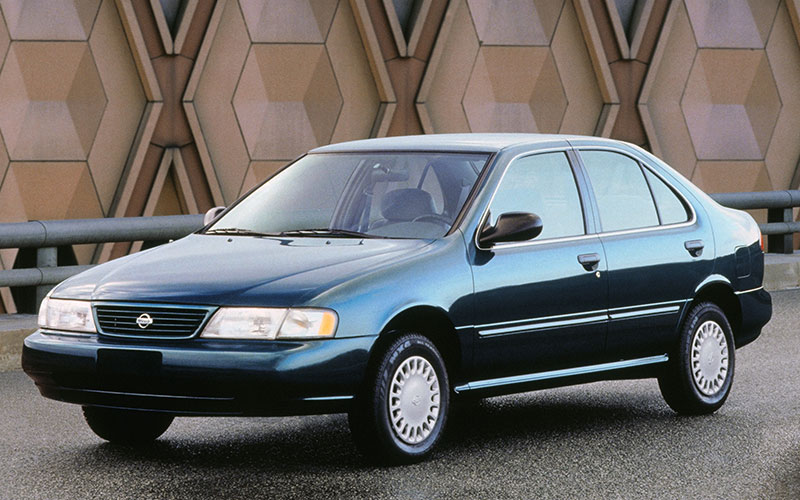
- The highly efficient 1.6-liter base engine could achieve 40mpg depending on conditions when mated to the standard manual transmission.
- Styling of the fourth generation is generally considered to be the least desirable of the entire Sentra history.
- One year before a complete shift to the next generation, the car was given a facelift in 1998 with updated bumpers and additional lighting on the rear of the vehicle.
Fifth Generation Nissan Sentra (1999-2005)
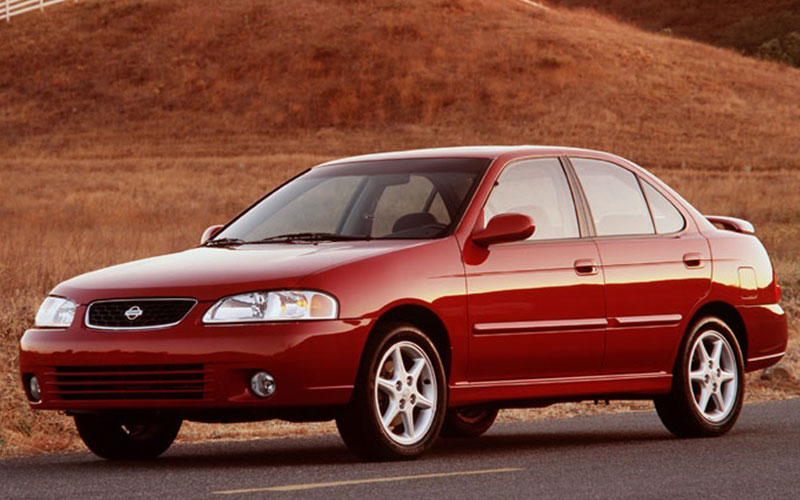
- Moving up from the subcompact class to the compact class, the 1999 Sentra was a new step forward for Nissan.
- The SR20DE continued to be used during this generation and made slightly more (145) horsepower than it had originally.
- Buyers loved the highly upgraded interior quality, more comfortable seats, and modern exterior styling.
- The largest adjustment to that styling was the inclusion of a far more curvaceous body which led to more overall interior space.
- The SE-R trim level returned in 2002 as a 2003 model with the most powerful engine ever used in a Sentra.
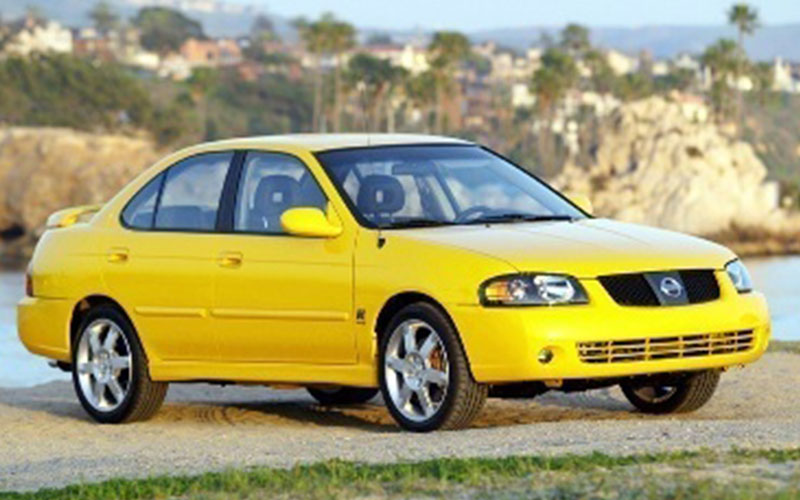
- That motor built some 165 horsepower and 175 lb-ft of torque and was mated to either a 5-speed manual or 4-speed automatic.
- The front of the SE-R closely resembles the JDM only Nissan Skyline of the same time period, a design choice made to entice younger buyers.
- Even the seating of this variant had Skyline-influenced styling cues.
- The Spec-V version of the SE-R was the most capable of the sporty Sentras though using a 2.5-liter engine to develop 175 horsepower and 180 lb-ft of torque.
- Despite these improvements, fans of the brand and badge were unhappy at the larger size of the car.
Sixth Generation Nissan Sentra (2006-2011)
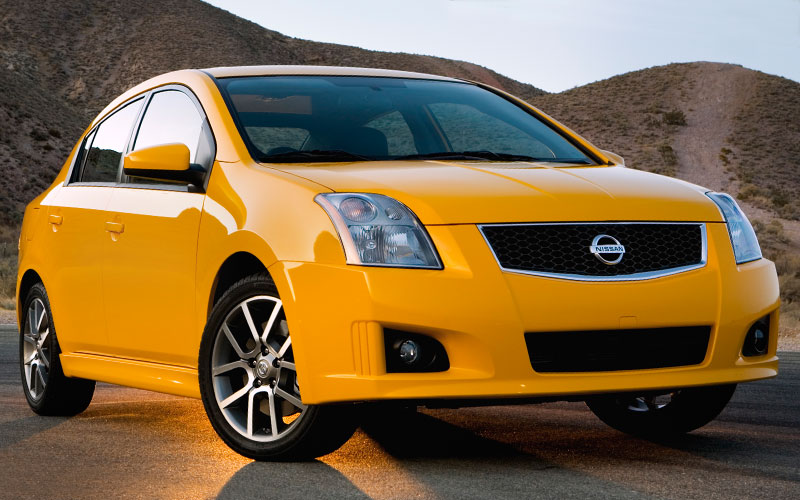
- In 2006, the Sentra continued to grow in size and moved up to the “Mid-size” classification.
- This larger sedan was outfitted with the most advanced interior seen in a Sentra by a wide margin.
- With this generation, the base engine matched the 140 horsepower of previous SE-R models.
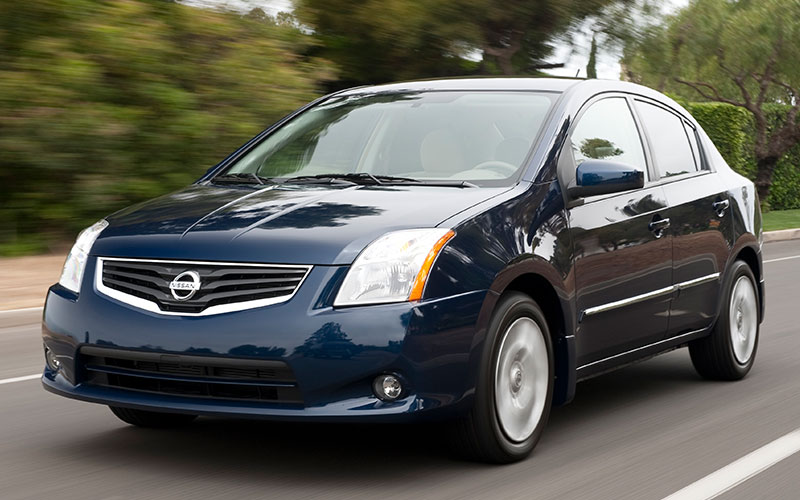
- The new SE-R featured a 200 horsepower engine and could reach 60 mph in just 6.7 seconds.
- For the first time, a CVT is offered as the automatic transmission option and provides up to 30mpg on the highway.
- Styling of the 6th generation returns largely to the boxy styling of early Sentras but wasn’t well received. As a result, the team at Nissan redesigned the body entirely for the 7th iteration.
Seventh Generation Nissan Sentra (2012-Present)
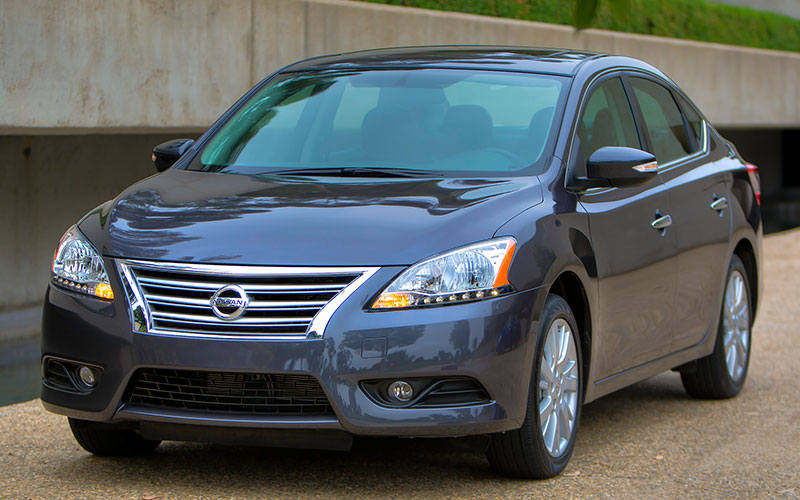
2014 Nissan Sentra – usa.nissannews.com | Shop Nissan Sentra on Carsforsale.com
- That styling took complete advantage of the larger frame that the new car sat on and was more in line with other Nissan designs of 2012.
- Despite being longer and featuring a larger overall wheelbase, the new car proved to be 150 lbs lighter than its predecessor.
- The exterior of the car received big upgrades like LED accented headlights and taillights as well as larger base wheels.
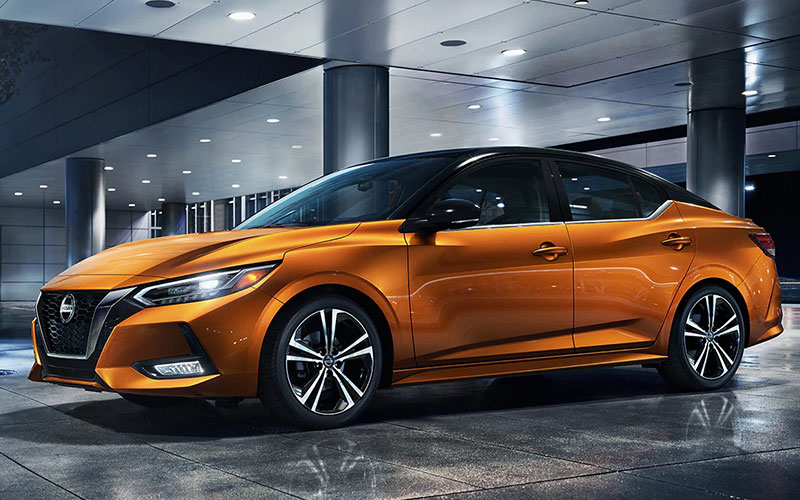
- The base model of the Sentra gets some 39mpg on the highway.
- While the SE-R version is no longer available, Nissan has created a special trim called the SR Nismo to take its place.
- The SR Nismo trim level features the first turbocharged engine to ever be fitted to a Sentra and makes 188 horsepower.


